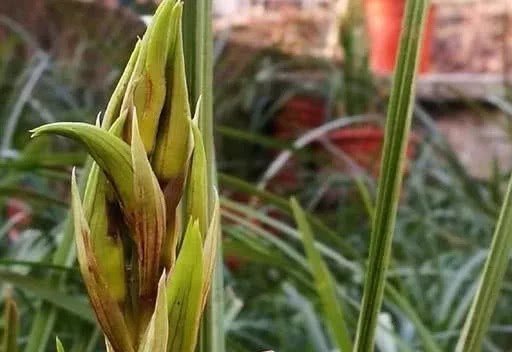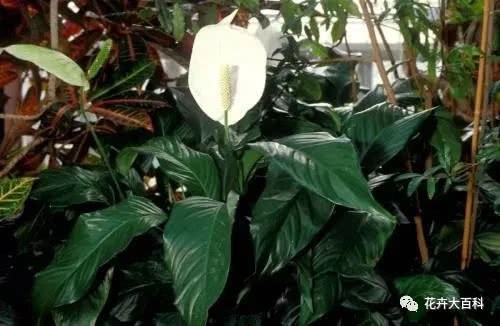Why don't other people's orchids disappear? You can also do a good job of nursing in autumn.

Autumn is a very important season for Chunlan, when most flowers sprout. If the nursing is not done well during this period of time, it is likely to make the flower buds stiff or die out. Today, the farmer and the orchid friends will discuss the fertilization and other key points of management of orchids during the bud period.
September 8th is White Dew in the 24 solar terms. Although the weather is still hot, it is no longer the heat of summer. The temperature difference between day and night is also increasing, and this climate is very suitable for plants to accumulate nutrients. Spring orchid flower buds have gradually sprouted, orchid friends in the management of orchids should pay attention to avoid several wrong habits and methods.
Orchids are fertilized at flower bud stage and flower bract stage. Orchids, like other plants, consume a lot of nutrients during flowering. If they are not given some fertilizer, they will overdraw the energy of orchid plants when they bloom, thus affecting the germination of next year.
In autumn, orchids are mainly fertilized by burying and foliage, and good farmers do not recommend root fertilization. The best buried fertilizer is slow-release fertilizer or fermented organic fertilizer, which has a long-term effect and can provide the energy needed for the whole budding and flowering of orchids. Foliar spraying is mainly phosphorus and potassium fertilizer, and pure nitrogen fertilizer is not recommended. Foliar fertilizer is effective and relatively safe.
The autumn climate is dry, and orchids choose to have buds in this season, so we can see that they like such a climate. When raising orchids at home, we might as well learn from nature and give orchids a cool environment in autumn. Especially in late autumn (after mid-October), orchids need more and more light. Farmers suggest that orchids can bask in the sun more often, which is of great benefit to the protection of buds.
Then there is the prevention of insect pests. Autumn insects, out of animal instinct, will breed crazily before they are close to extinction every year. Anyone who has experienced in agricultural cultivation knows that crop pests in autumn are very stubborn. The tender buds of orchids are also a favorite food for pests, so good farmers often tell Lanyou to do a good job in pest control and management in autumn. The drugs you need can be bought in general agricultural shops, and common pesticides are commonly used by farmers to control insects.
The last point is what novice orchid friends often do. When they see the orchid coming out of the bud, they can't help but be overjoyed, so they cover it with a thick layer of moss. Although it is autumn, the heat is still there, and now it is easy to suffocate the newly emerged bud by covering the orchid with moss. The good farmer suggested that the moss of orchids should be covered after late October (Frosts Descent), but the climate between the north and the south is different, so orchids can arrange for themselves, otherwise the environment of the bud is too warm in principle.
You are welcome to leave your valuable comments in the comments section. Thank you for your attention.
- Prev

White palms unwittingly develop green palms. Don't worry, grasp the problem and let it come back to nothing.
The flower of white palm is white at the beginning, but it will gradually turn green in the later stage, which is a normal phenomenon of flower metabolism, so there is no need to worry too much, and there is also a kind of light that is too weak, so how to remedy it? Here comes the next step.
- Next

15 cases of top terrace decoration design have you ever thought of turning the roof into a garden?
15 "top floor terrace" decoration design cases, private garden is undoubtedly the reason for people to move, let the family return to nature, let life return to the beautiful origin. Have you ever thought of turning your roof into a sky garden in a bustling city.
Related
- Wuhan Hospital Iron Tree Blooming Result Was Instantly Frightened by the Gardener Master
- Which variety of camellia is the most fragrant and best? Which one do you like best?
- What is the small blue coat, the breeding methods and matters needing attention of the succulent plant
- Dormancy time and maintenance management of succulent plants during dormancy
- Minas succulent how to raise, Minas succulent plant pictures
- What are the varieties of winter succulent plants
- How to raise succulent plants in twelve rolls? let's take a look at some experience of breeding twelve rolls.
- Attention should be paid to water control for succulent plants during dormant period (winter and summer)
- Watering experience of twelve rolls of succulent plants
- Techniques for fertilizing succulent plants. An article will let you know how to fertilize succulent plants.

